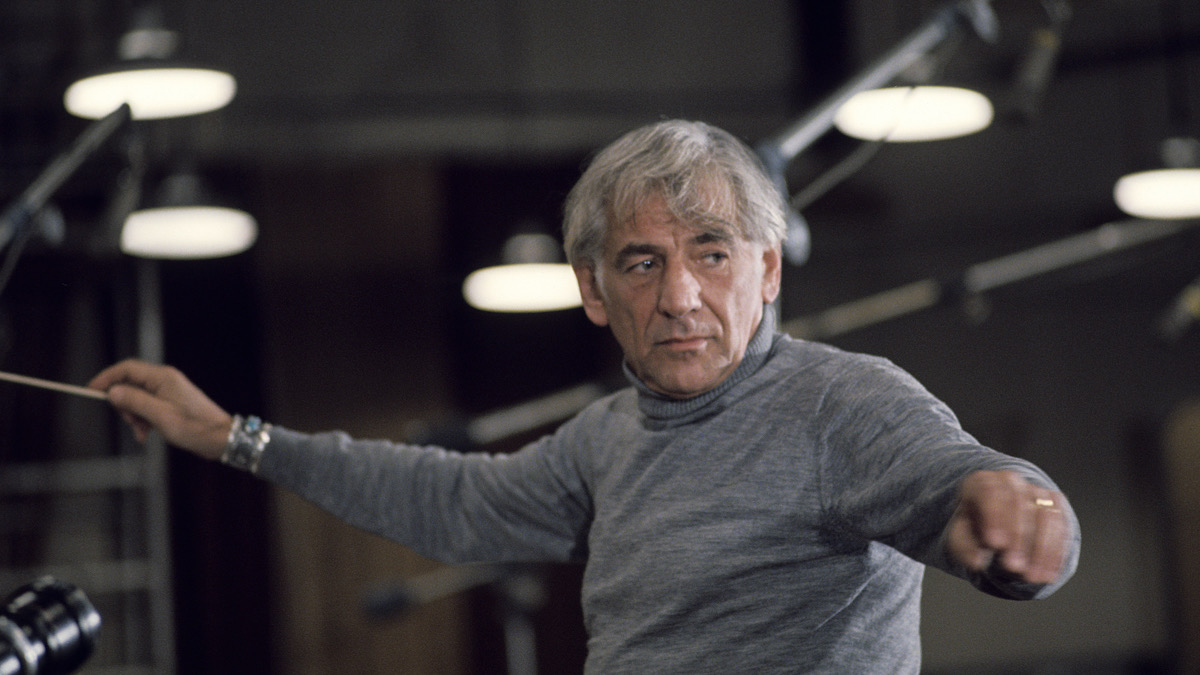
Advertisement
Leonard Bernstein, the acclaimed composer, conductor, and pianist, had a complex personal life that included relationships with both men and women. While he was married to actress Felicia Montealegre for nearly three decades, he had multiple affairs outside of their marriage, involving both men and women.
Bernstein’s daughter, Jamie Bernstein, has spoken about her father’s sexuality, acknowledging that he had intimate relationships with men, including David Oppenheim and his research assistant, Tommy Cothran. Bernstein’s sexuality has been a subject of speculation among historians due to the constraints and prejudices of the time he lived in.
In a letter from Felicia Montealegre to Bernstein, she refers to him as a “homosexual” but also expresses understanding and acceptance of his sexual orientation. This correspondence provides insight into Bernstein’s personal life and suggests that he may have grappled with societal pressures and the need to maintain a public appearance of heterosexuality.
Bernstein’s own statements, including a letter to composer Aaron Copland in 1941 discussing the idea of a “lavender marriage” to maintain a heterosexual image, indicate his awareness of the societal stigma surrounding homosexuality at that time.
The cultural and societal context of the mid-20th century, marked by pervasive homophobia and social expectations, likely influenced Bernstein’s understanding and expression of his own sexuality. The lack of terminology such as “bisexual” during that era further complicates attempts to define his sexual identity in contemporary terms.
It’s important to consider Bernstein’s experiences within the context of his time and the challenges he faced as a public figure navigating his personal life amid societal prejudices. While it’s evident that Bernstein had relationships with both men and women, the nuances and complexities of his sexuality remain a subject of historical analysis and interpretation.
